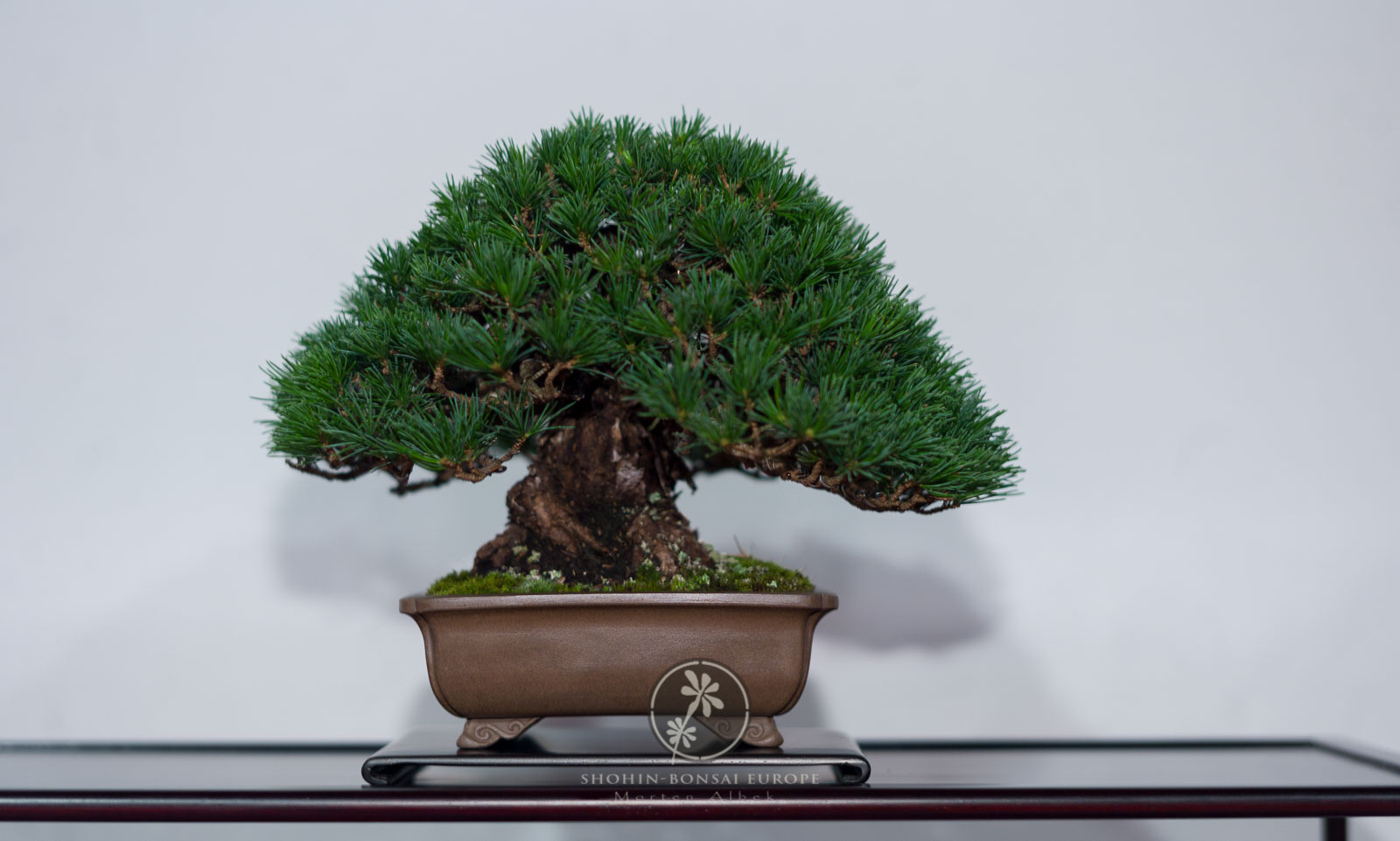
Shohin displays at Noelanders
As promised in an earlier post, I will take a little time going through some of the shohin displays at Noelanders this year. Not to judge them (judges already did their job), but to put some words on the way of displaying shohin-bonsai the classical way at a exhibition.
The obvious to put forward, is the two awarded seven point displays (nana-ten). They both are classical Japanese displays, with the largest number of trees in that size, fitting this type of five pieces racks. At competitions you are admitted a certain space to fill in with trees. The smaller trees, the larger quantity there is room for. Or room for more space if one prefers.
Both displays I think would have a fair chance at the highest level in Japan, because of the quality of trees, and the way the overall display is set up.
Why is it always the seven point displays that seems to win? In japan, and at Noelanders where Japanese masters also judged this year, there is a simple rule to follow. If there are an equal number of displays with the same overall quality, and same quality of trees, it always is the display that present most trees that wins. Simply because it logically is far more difficult to present a higher amount of high quality trees than maybe only two. When more displays are overall equally good, with same number of trees, detailed judging of each tree in the display will make the difference in the end.
It is not a matter of taste (not much at least) when judging this kind of competitions. It is a matter of judging quality in trees, and the overall impact of the display. The variation of trees, different colours, and especially avoiding repetition in trees, shapes and colours i.e. is considered. You might personally favour a display with fewer trees and another type of expression, but a competition is not about that.
When I look at a shohin exhibition I look at it at two levels. First I do it with the above described competition viewing in mind. Next I do it with my heart.
Looking for pleasure is about forgetting all the details that must be considered to find a winning display, and just look with my heart. Still viewing to see the beauty of the well trained trees, but without noticing numbers of trees i.e. Just enjoying the display as it is.
If you are going for prizes when you display shohin-bonsai, you have to have the competition judging traditions in mind. If you just want to show your work, and are less concerned about being a prize winner, you can go for the freedom of displaying as you like. Not being careless with the display of course, but you might want to focus on other qualities and expressions in the display like silence or emptiness (expressions often a feature sought for in the tokonoma display). Like the artistic display (shown below) where a gold screen is used to gather the display in a frame, and adding a special mood. Fewer trees is used in this display, and competition wise it will have fewer chances to win, compared to the displays with higher amount of trees in the same quality. That does not take away its beauty in any way, and there is even more room for being playful and express another kind of display using fewer trees. Two kinds of beautiful displays, each with different qualities.

The traditional display, often with seven pieces, always with an evergreen and almost always a Black pine on top of the rack is a Japanese traditional display. In the west I have a feeling that many find these displays a bit uniform and boring because of the repeated use of the same type of top-tree (the main tree of the display), and also a kind of uniformity of the general way of setting up these displays. That is of course a matter of cultural differences, taste and traditions. But also the difference of displaying for competitions or for just showing the beauty of the seasons.
If you look through Japanese bonsai magazines you will find a great variety of displays, and expressions showing much more freedom and creativity, than the ones showed at exhibitions were the goal is to collect an award.

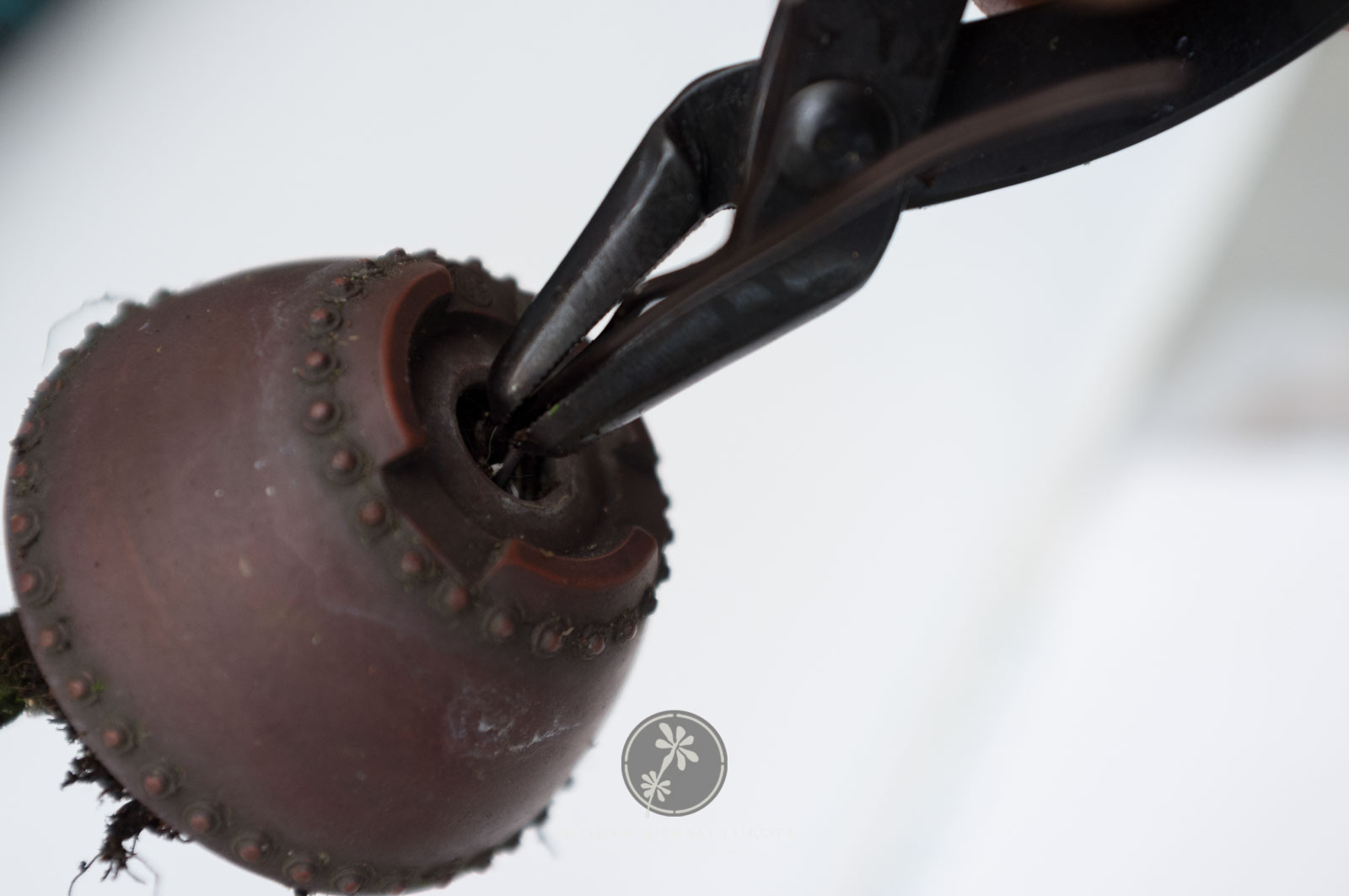

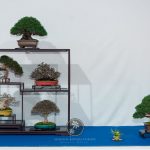
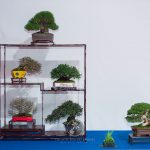
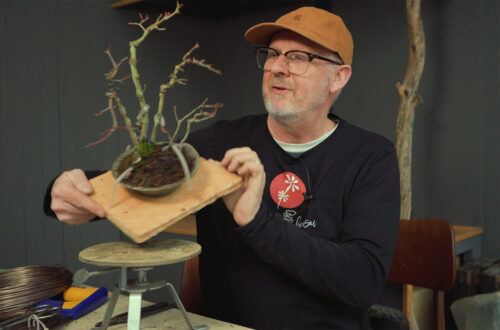
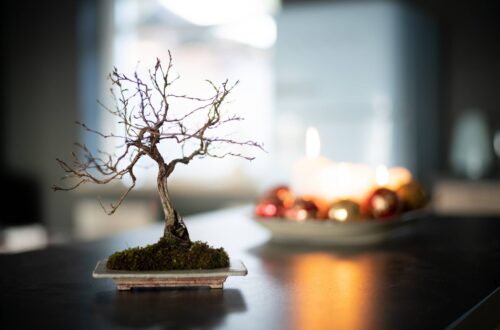
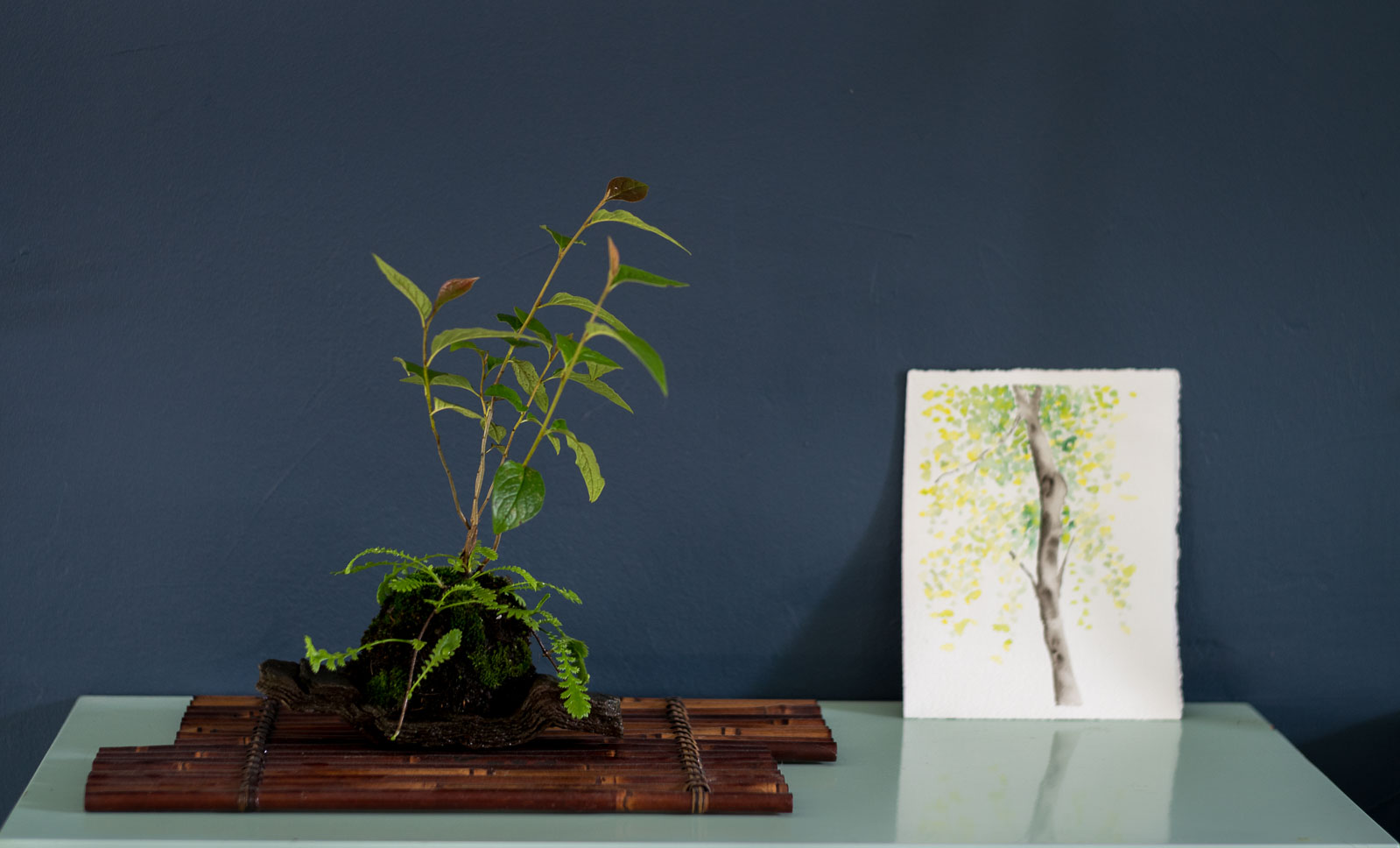
No Comments
africanbirding
Reblogged this on Wolf's Birding and Bonsai Blog.
Tony Tickle
Reblogged this on Bonsai & Yamadori from Tony Tickle and commented:
love this from my friend Morten
Morten Albek
Thanks Tony 🙂